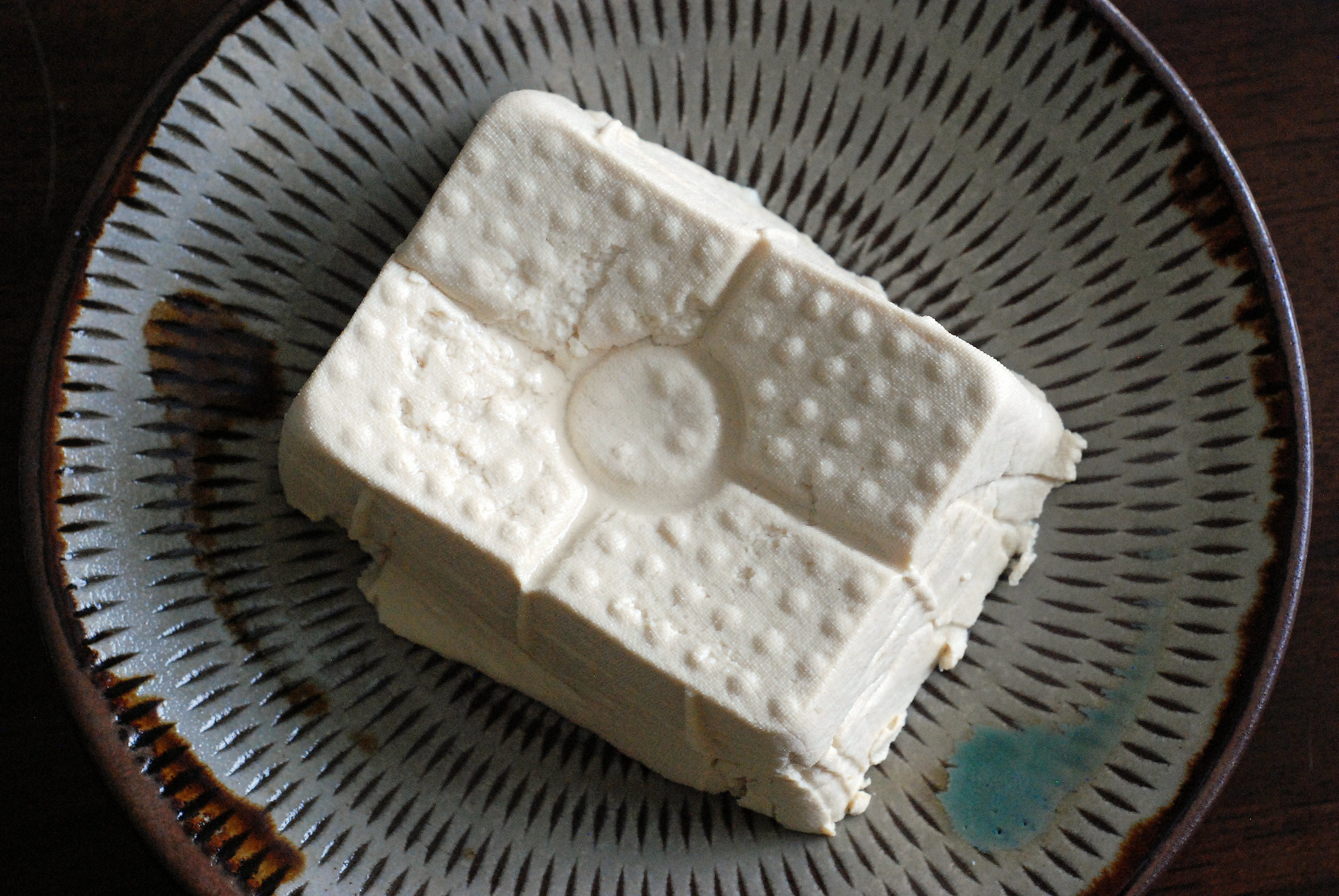One of the great things about dried beans is that they have a long shelf life … and they’re certainly not something we worry about wasting.
Usually.
But, it looks like we’ll be making an international move later this year — and that means trying to use up pantry items that won’t make the move, and that we aren’t likely to be able to donate or give away. Like the soybeans … which we buy 25 pounds at a time.
So, for the past couple of weeks, we’ve been trying to figure out new ways to use the beans (aside from tofu and soy milk), with varying degrees of success. These are some of the recent attempts.

Usually we make our noodles the old-fashioned way: with eggs and flour. When the dough was a little too dry a few weeks ago, I tried adding a bit of okara, and that worked well. So, I figured I’d try a batch with just flour and okara. The resulting noodles were nasty and gooey when cooked. #FAIL

I’ve never cooked with just plain soybeans, and so went hunting for recipes online, and found this recipe for a soybean casserole, which I adapted with the veg we had on hand. This was a definite win, and the roux added a nice depth.

Instead of using milk in the batter for this pancake, I used a banana-soy smoothie (1 cup soy milk & 1 banana) which I soured with a tablespoon of vinegar — and instead of egg, I used a heaping tablespoon of okara. Along with that were the usual suspects (1 cup flour, 1 tablespoon sugar, 1 teaspoon baking powder, 1/2 teaspoon baking soda, 1/2 teaspoon salt, 1 tablespoon melted butter). ‘Twas nice and fluffy.








 The day after I got back from my most recent trip, Bonnie Lee showed me how to make soy milk – nothing could be easier. You just need to soak the beans overnight, pop them in the soy milk maker with some water, push a button, wait while the machine heats the water and grinds and seeps the beans, then filter the product through cheese cloth. You can drink the milk as is, or add a coagulant and make tofu with it. And there’s a free bonus in every batch: the pulp that you filter out with the cheese cloth (called okara) is edible and versatile.
The day after I got back from my most recent trip, Bonnie Lee showed me how to make soy milk – nothing could be easier. You just need to soak the beans overnight, pop them in the soy milk maker with some water, push a button, wait while the machine heats the water and grinds and seeps the beans, then filter the product through cheese cloth. You can drink the milk as is, or add a coagulant and make tofu with it. And there’s a free bonus in every batch: the pulp that you filter out with the cheese cloth (called okara) is edible and versatile.